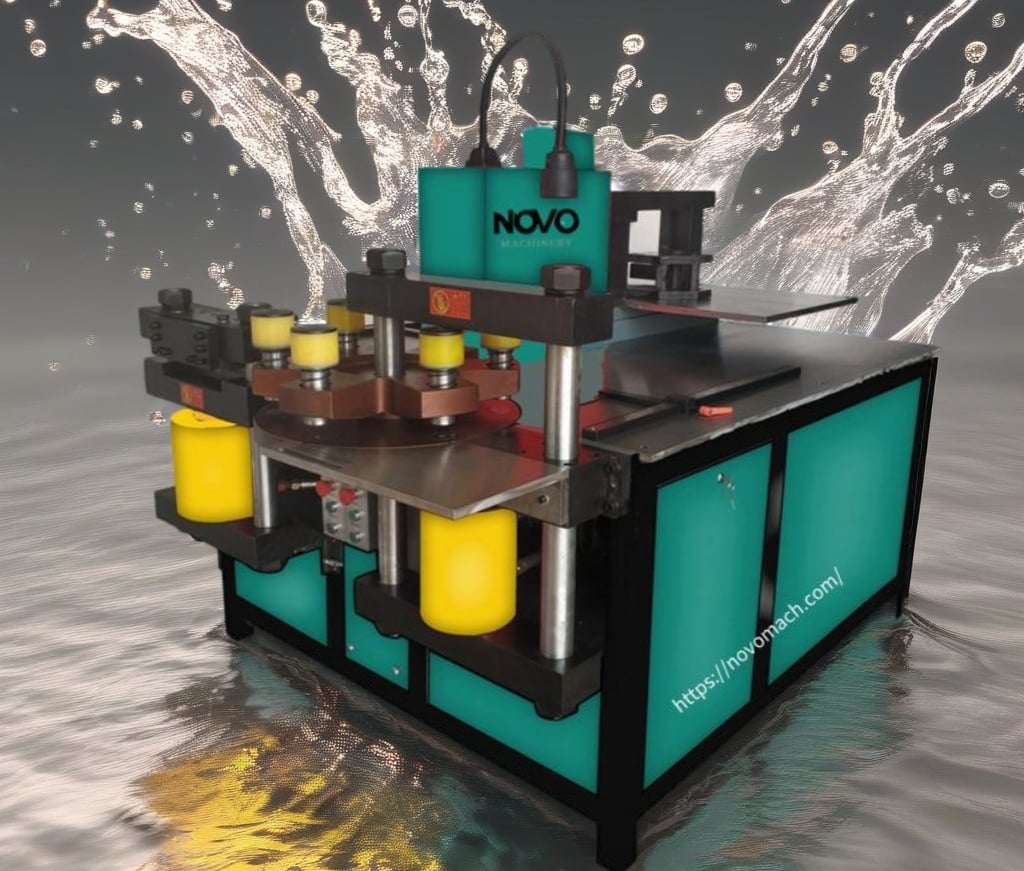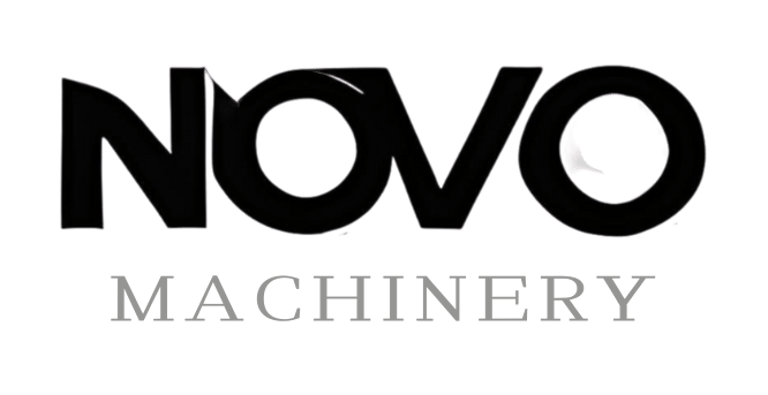Reduce Waste with CNC busbar machining for industrial cabinet
Discover how industrial automation cabinets can significantly reduce waste through advanced CNC machining techniques. Learn the benefits of integrating CNC busbar machining into your industrial processes for enhanced efficiency for industrial cabinet
7/19/20254 min read


Introduction to CNC Busbar Machining
Computer Numerical Control (CNC) busbar machining represents a significant advancement in manufacturing practices within the industrial automation sector. Busbars are crucial conductive elements used to distribute electrical power and connect multiple circuits within industrial systems. These vertical or horizontal bars can be made from materials such as copper or aluminum and are integral in electrical panels, switchgear, and substations. As industries increasingly rely on efficient electrical distribution, the demand for precise and high-quality busbars has surged.
The relevance of CNC busbar machining lies in its ability to produce components with exceptional accuracy and consistency. Traditional methods of cutting and shaping busbars may lead to material wastage due to errors and lack of precision. In contrast, CNC technology automates the fabrication process by following predefined digital designs, ensuring that each component is manufactured to exact specifications. This precision not only minimizes waste but also streamlines production timelines, contributing to overall efficiency in manufacturing operations.
The adoption of CNC technology is particularly beneficial for industrial automation cabinet manufacturers, who often handle high volumes of production. By integrating CNC busbar machining into their processes, these manufacturers can significantly reduce excess material and enhance the quality of their busbars. Consequently, fewer resources are consumed in the manufacturing process, aligning with sustainability goals and reducing operational costs. As CNC technology continues to evolve, its role in shaping the future of the industrial automation sector becomes increasingly pivotal, driving improvements in both productivity and environmental stewardship.
Enhanced Precision and Accuracy
CNC busbar machining represents a significant advancement in the field of industrial automation, offering enhanced precision and accuracy that surpasses traditional methods. Computer Numerical Control (CNC) technology employs sophisticated software and hardware to automate the precision machining process, enabling manufacturers to achieve highly intricate designs with minimal human input. This level of precision is crucial in reducing material wastage during the cutting and shaping processes of busbars used in various applications, including electrical distribution systems.
The core advantage of CNC busbar machining lies in its ability to produce complex geometries that would be challenging, if not impossible, to create manually. Traditional machining techniques often rely heavily on the operator's skills and experience, leading to inconsistencies and increased scrap rates. In contrast, CNC machines follow pre-programmed specifications, which significantly reduces the margin for error. Since these machines can operate continuously, they ensure uniformity in production, thereby optimizing material utilization.
Furthermore, precision CNC machining allows for tight tolerances and intricate designs, which are essential in producing efficient electrical components. By maximizing the precision of each cut, manufacturers are able to minimize kerf loss—the material discarded during the cutting process. The increased accuracy also means that busbars can fit together more seamlessly in assembly, reducing the likelihood of rework and additional waste. Consequently, not only does this process enhance the functionality of the products produced, but it also contributes to a more sustainable manufacturing process.
The integration of CNC technology into busbar manufacturing processes exemplifies a proactive approach to waste reduction. By leveraging high precision and accuracy, industrial automation cabinet manufacturers can significantly improve their production efficiency while fostering a commitment to environmentally friendly practices. This transition not only enhances their competitiveness in the market but also aligns with the growing demand for sustainable manufacturing solutions.
Improved Design Flexibility
CNC busbar machining has revolutionized the manufacturing landscape by providing unparalleled design flexibility. Traditional manufacturing methods often require significant retooling to accommodate changes in design, which can result in inefficiencies and increased waste. In contrast, CNC (Computer Numerical Control) technology allows manufacturers to swiftly modify designs and produce prototypes with remarkable ease. This capability is especially beneficial in industries where customization is paramount, enabling manufacturers to respond rapidly to evolving client specifications.
One of the core advantages of CNC busbar machining lies in its ability to create bespoke solutions tailored to meet specific needs. For instance, a manufacturer may receive an order for busbars that must fit uniquely confined spaces or require specific electrical characteristics. With the adaptability offered by CNC machining, manufacturers can seamlessly adjust the dimensions, materials, and configurations of the busbars, ensuring that they fulfill precise requirements. This proficiency minimizes the reliance on a one-size-fits-all approach, which often leads to the production of unsuitable components and, consequently, excess material waste.
Moreover, the accuracy of CNC machining further enhances design flexibility. The precision with which CNC machines operate ensures that every cut, hole, and curve is executed to exact specifications. This not only leads to higher quality products but reduces the chances of errors that would necessitate rework or scrapping of materials. By fine-tuning designs and avoiding costly mistakes, manufacturers can significantly minimize the generation of excess waste, creating a more sustainable mode of production.
Overall, the ability of CNC busbar machining to facilitate efficient and customizable designs directly contributes to reduced material waste—an important factor in the pursuit of sustainable manufacturing practices. As industries continue to embrace these advanced technologies, the potential for waste minimization through improved design will likely expand even further.
Automated Material Management
CNC busbar machining systems play a pivotal role in integrating automated material management processes within industrial settings. These systems are equipped with advanced technology that enables automated inventory tracking, which ensures that the materials required for production are available when needed while minimizing excess. By maintaining optimal inventory levels, manufacturers can significantly reduce waste associated with overstocking and spoilage, ultimately leading to more efficient operations.
In addition to inventory management, automated material handling is crucial in streamlining workflows. CNC busbar machining systems utilize automated conveyors and robotic arms to transport materials efficiently, thus minimizing manual handling. This reduces the likelihood of material damage and enhances safety in the workplace, fostering a more productive environment. Furthermore, advancements in waste recycling systems are becoming increasingly prevalent; these systems have been integrated into CNC machining processes to ensure that scrap materials generated during production are systematically collected and repurposed. This not only minimizes waste but also contributes to a circular manufacturing model that aligns with sustainability goals.
Real-time data analysis is another key feature of these automated systems, providing manufacturers with immediate feedback regarding material usage and waste generation. By harnessing analytics tools, manufacturers can identify patterns and make informed decisions to refine their production processes. This leads to reduced material waste and optimized resource allocation, thus supporting sustainable manufacturing practices. As CNC busbar machining continues to evolve, the integration of automated material management processes is becoming essential for manufacturers striving to reduce waste and enhance operational efficiency, paving the way for a more sustainable future in industrial automation.
Innovate
Leading manufacturer of busbar processing equipment solutions.
Contact
Support
+131 2713 4627
© 2025. All rights reserved.
